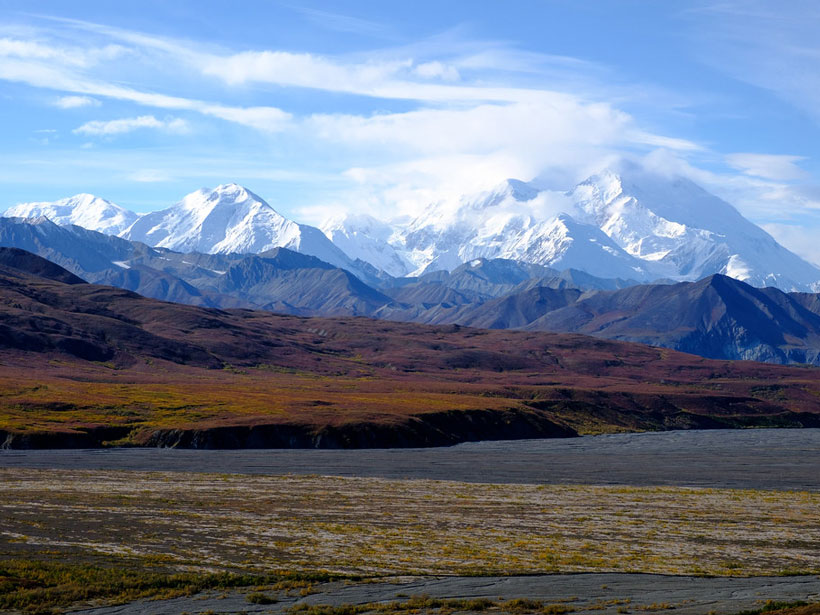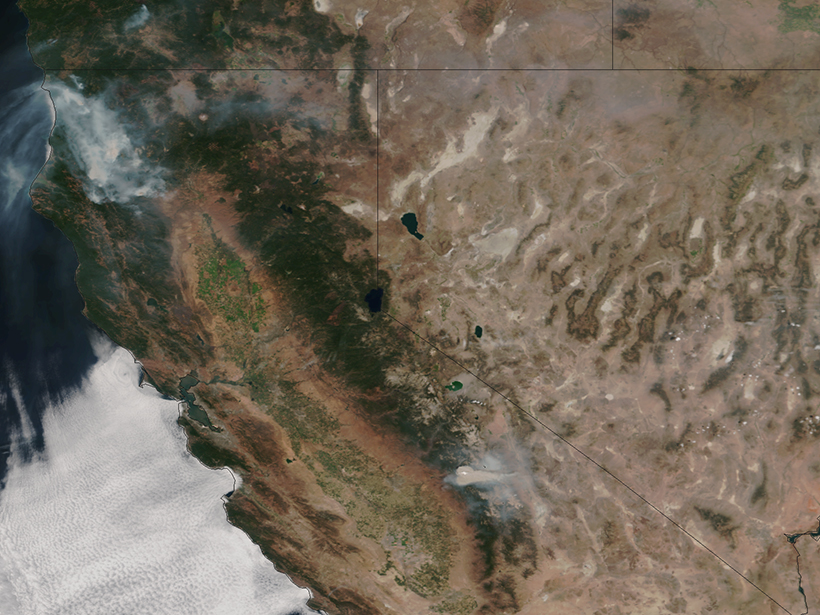We can better understand the risks of natural hazards and develop more effective mitigation strategies when geoscience and social science perspectives are combined.
CC BY-NC-ND 2019
A New Dimension to Plate Tectonics
New tools to model and visualize subduction zones in 3-D are providing researchers with insights into the gaps inherent in the theory of plate tectonics.
Future Remote Sensing Mission Holds Promise for Flood Monitoring
The 2021 Surface Water and Ocean Topography (SWOT) mission will measure water surface elevation, slopes, and inundations of rivers as narrow as 50 meters.
Hearing the Sun Tock
The appearance of sunspots—their number, duration, and location—suggests that the dynamics of the Sun’s outer layer is synchronized with an internal clock.
Could Seismic Networks Reveal Hard-to-Detect Nuclear Tests?
In the age of monitoring nuclear weapons testing, existing regional seismic networks may be a key to discovering small, undetected explosions around the world.
Wildfire Smoke Traps Itself in Valleys
Simulations show how wildfire smoke increases atmospheric stability inside some valleys, creating a feedback loop that prevents its dispersion.
Does Our Vision of Diversity Include Social Conservatives?
Achieving our goals of advancing science and benefitting society depends on ideological diversity. Cultivating relationships and dialogue with ideological opponents creates compassion and progress.
The Infrastructure Impacts of Solar Storms
A new book brings together insights from the space weather, geophysics, and power engineering communities to understand the characteristics and impacts of geomagnetically induced currents.
Permafrost Thaws Rapidly as Arctic River Flooding Increases
As climate warms, Arctic rivers carry higher flows and flood earlier in the spring, causing underlying permafrost to thaw rapidly.
Earthquake Statistics Vary with Fault Size
A theoretical study explores why small earthquake sources can produce quasiperiodic sequences of identical events, whereas earthquakes on large faults are intrinsically more variable.










